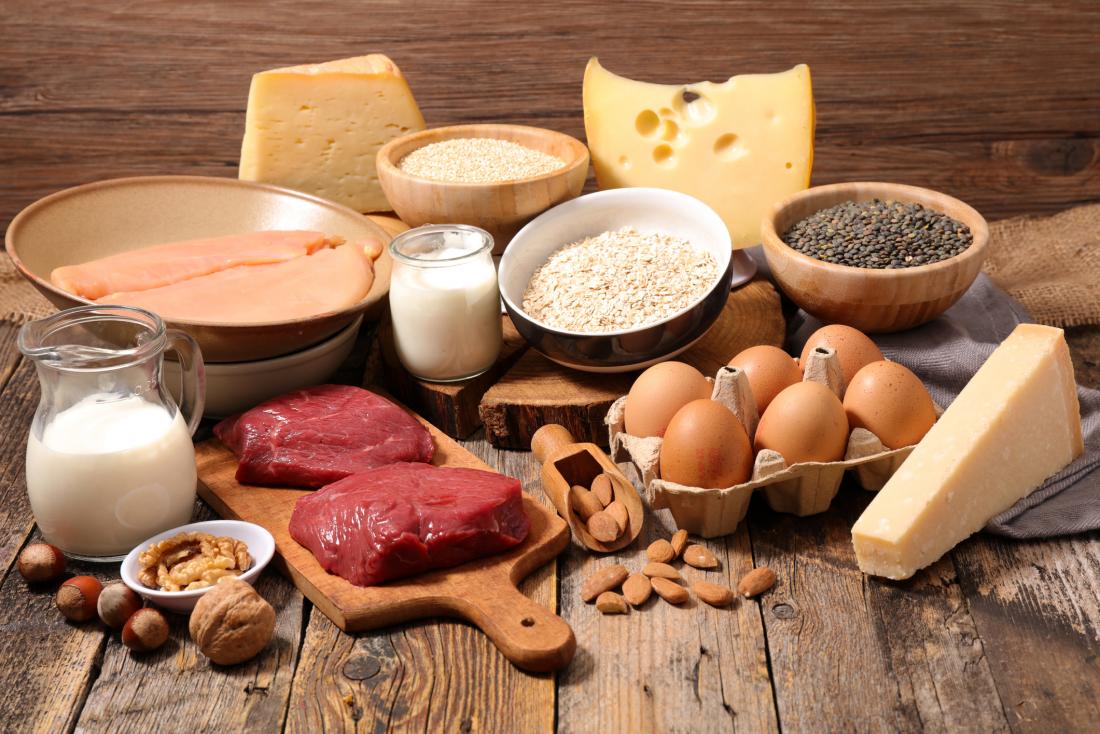
For centuries, dairy products have played a crucial role in human diets, offering a diverse range of flavors, textures, and essential nutrients. Join us on a journey as we explore the cultural significance of dairy consumption across various regions, uncover the nutritional benefits it provides, and examine its environmental impact. Additionally, we will delve into the rising popularity of dairy alternatives, which have been shaping the way we approach our dietary choices. So, whether you’re a cheese enthusiast or curious about the global impact of dairy consumption, this blog is sure to offer intriguing insights into this age-old dietary tradition.
Cultural Significance of Dairy in Traditional Diets
Dairy is used globally in one form or another, and its cultural significance in traditional diets cannot be overlooked. Exploring the historical roots of dairy consumption in different cultures reveals a rich tapestry of culinary heritage. From the ancient nomads of Central Asia to the pastoral communities of Europe and the Middle East, dairy products have been an integral part of their diets for centuries. These products provide essential nutrients and hold symbolic value in various rituals and celebrations.
In many cultures, dairy products are central to traditional dishes served during special occasions and festivities, linking them to communal gatherings and strengthening social bonds. From cheese-making festivals in Europe to the offering of ghee in Hindu ceremonies, dairy consumption is intertwined with numerous social and cultural practices across the globe, reflecting its profound influence on people’s lives and traditions.
Nutritional Benefits of Dairy Products
Dairy products are a rich source of essential nutrients that play a vital role in maintaining overall health. Among the key nutrients found in dairy are calcium, vitamin D, protein, and more. These nutrients are particularly important for promoting bone health and preventing conditions like osteoporosis, making dairy consumption crucial for people of all ages.
Colostrum and milk products, in particular, hold significant nutritional benefits that extend beyond local consumption. These products can be exported to global economies without substantial dairy farming infrastructure, providing populations with valuable nutrients and contributing to their overall well-being. From calcium-rich milk to protein-packed cheese and probiotic-loaded yoghurt, dairy products continue to be a cornerstone of a balanced and nutritious diet, supporting health worldwide.
Environmental Impact and Sustainable Dairy Farming
The dairy industry faces significant environmental challenges, particularly concerning large-scale farming operations. One of the primary concerns is the industry’s carbon footprint, as dairy farming contributes to greenhouse gas emissions through methane release from livestock and energy-intensive processes.
Additionally, the high water consumption required for dairy operations can strain local water resources and lead to water scarcity in some regions. However, dairy farmers are increasingly adopting innovative solutions and sustainable practices to mitigate their environmental impact. Many have implemented advanced waste management systems to capture methane and convert it into renewable energy, thus reducing greenhouse gas emissions.
Furthermore, farmers are embracing water-saving technologies, such as precision irrigation and water recycling, to lessen their water footprint and promote responsible water management. By incorporating these practices and continuously seeking new sustainable solutions, the dairy industry is making strides towards a more environmentally responsible and sustainable future.
The Rise of Dairy Alternatives and Plant-Based Options
Over the past few years, there has been a remarkable surge in the popularity of dairy alternatives and plant-based options. This trend can be attributed to several factors, including increasing concerns about animal welfare, environmental sustainability, and the desire for healthier dietary choices. Consumers are becoming more conscious of their food choices and are seeking plant-based alternatives to traditional dairy products. Almond, soy, oat, and coconut milk are some of the popular plant-based alternatives gaining traction due to their unique nutritional profiles.
When comparing these alternatives to cow’s milk, it becomes evident that they often offer lower calories, saturated fat, and cholesterol while providing essential vitamins, minerals, and omega-3 fatty acids. This nutritional advantage appeals to health-conscious individuals looking to reduce their saturated fat intake and adopt a more plant-centric lifestyle. The growing dairy-free movement has significantly impacted the traditional dairy industry, leading to shifts in consumer preferences and purchasing habits.
Dairy producers have had to adapt to this changing landscape, introducing their own plant-based products and diversifying their offerings to remain competitive. As the demand for dairy alternatives continues to rise, it is clear that the plant-based revolution is reshaping the food industry and paving the way for a more sustainable and diverse future of food consumption.
Conclusion
Dairy products have held a fascinating and integral role in human diets for centuries, with significant cultural significance and providing essential nutrients. However, the dairy industry also faces environmental challenges, leading to a rise in the popularity of dairy alternatives and plant-based options.
This shift in consumer preferences is driving the food industry towards a more sustainable and diverse future of food consumption. As we continue to explore the evolving relationship between dairy and dietary choices, it becomes clear that the way we approach food is continually evolving, with health, environmental concerns, and cultural factors shaping our dietary decisions.